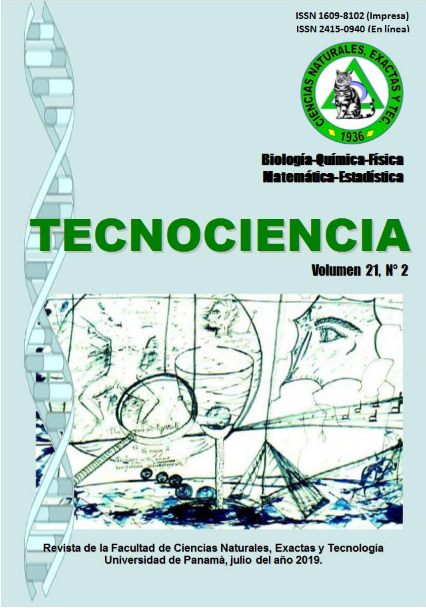

Between 1985 and 1987, the Groundwater Department of the National Institute of Sewerages and Aqueducts and the Physics Department of the University of Panama utilized direct current geophysical methods (resistivity and self potential), besides lithological and hydraulic data obtained on wells drilled in the area, to perform a hydrogeological study in Capellania, Republic of Panamá. This region has serious problems of water supply to populations, due to the bad quality of groundwater and the presence of a long dry season, which hinders the location of productive wells. The objetives of the study were to evaluate the aquifer in the area, to detect the bedrock relief and to determine some hydrogeological parameters, such as the direction of groundwater flow, hydraulic conductivity and transmissivity. The results with resis-tivity method show that in western and southeastern sectors of the studied area, where resistive basement is deeper and aquifer is thicker, present best conditions for suc-cesful wells. The flow directions inferred from self potential and hydraulic conductiv-ities/transmissivities measurements, which were obtained from geoelectrical parame-ters and in situ well tests, verified that the mentioned areas are more favorable in terms to aquifer recharge. In the place where Capellania is located, although, it is not appropriated to drill wells, because the results indicated that in this place the bedrock is shallower, the aquifer is thinner and the groundwater flows away.